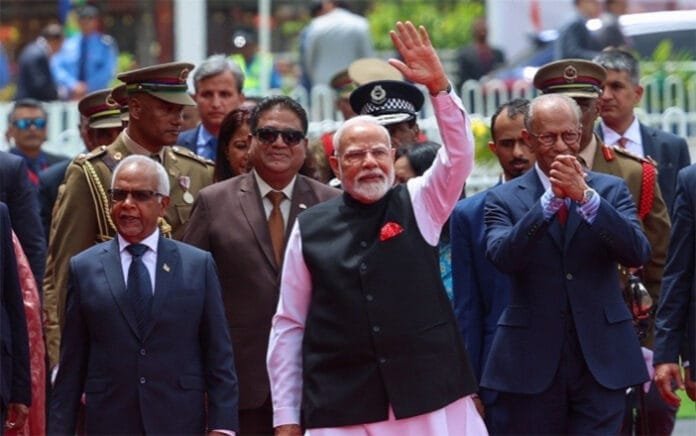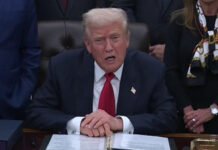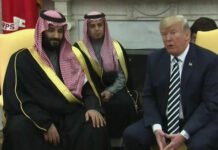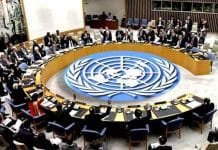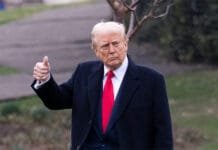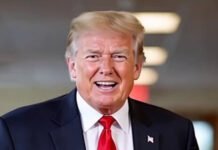The Prime Minister Narendra Modi is set to participate virtually in the 2025 ASEAN Summit, which brings together leaders from Southeast Asia to discuss regional trade, security, and cooperation. While some world leaders are attending in person, Modi’s decision to join digitally highlights India’s flexible diplomacy and strategic focus on timely engagement. Despite speculation, there will be no face-to-face meeting with U.S. President Donald Trump during the summit.
Highlights of India’s Participation
PM Modi joins the summit virtually from India due to scheduling and strategic considerations.
Key topics: regional trade agreements, economic partnerships, and security collaboration.
Focus on strengthening India-ASEAN ties and ensuring India’s voice in multilateral dialogues.
India seeks to explore investment opportunities in Southeast Asia and boost bilateral trade.
Modi is expected to deliver a keynote speech emphasizing cooperation, stability, and sustainable development.
Why India Chose Virtual Participation
India’s decision to participate virtually underscores a pragmatic approach to diplomacy. With multiple international engagements and domestic priorities, PM Modi is maximizing India’s global presence without compromising on time-sensitive national agendas.
Experts note that virtual participation is now an accepted norm in global diplomacy, allowing leaders to contribute substantively while managing complex schedules.
“India’s virtual presence demonstrates strategic agility. Modi can engage in high-level discussions without the constraints of travel, while still influencing ASEAN policy directions,” said a foreign policy analyst.
Key Focus Areas
Trade and Economic Cooperation
India’s virtual intervention will likely emphasize strengthening trade and investment ties with ASEAN countries. With India seeking to expand exports, attract investment, and enhance supply chain collaboration, the summit provides a platform to highlight opportunities for regional integration.
“The economic dimension is critical. India-ASEAN trade partnerships can create jobs, boost exports, and facilitate technology transfer,” said an economist specializing in Southeast Asia.
Regional Security and Stability
Security cooperation is another major agenda. From counterterrorism to maritime security, India aims to work with ASEAN nations to ensure stability in the Indo-Pacific region. Modi’s participation signals India’s commitment to collaborative security frameworks.
Climate and Sustainable Development
Sustainable development and climate action are expected to feature in Modi’s speech. With ASEAN countries vulnerable to climate change impacts, India’s initiatives in renewable energy, clean technology, and green finance can serve as a model for regional collaboration.
Virtual Summit Dynamics
While some world leaders prefer physical presence, virtual summits have proven effective for agenda-setting and strategic messaging. Modi’s team is leveraging digital platforms to engage in bilateral discussions with ASEAN representatives before and after the main sessions.
Virtual participation also allows India to prioritize outcomes, including memoranda of understanding on trade, technology cooperation, and infrastructure development.
“Virtual diplomacy is no longer a compromise. It’s a tool to ensure India can participate actively without logistical constraints,” noted a diplomatic observer.
India-ASEAN Relations: The Bigger Picture
India has long viewed ASEAN as a key strategic and economic partner. This virtual summit reinforces India’s Indo-Pacific strategy and its “Act East” policy. By engaging digitally, Modi underscores that India remains deeply committed to regional dialogue, even amid complex global challenges.
India-ASEAN trade has grown steadily over the years, and partnerships in technology, defense, and infrastructure are expected to deepen. The summit is an opportunity to accelerate these collaborations while balancing regional geopolitics.
What to Watch Next
Key Announcements: Potential trade agreements, technology partnerships, and regional security collaborations.
India’s Strategic Messaging: How India positions itself in ASEAN forums amid U.S.-China tensions.
Follow-up Diplomacy: Bilateral discussions post-summit that could shape India’s regional influence.
Economic Indicators: Updates on trade volumes, investment commitments, and sectoral agreements.
Conclusion
PM Modi’s virtual participation in the 2025 ASEAN Summit demonstrates India’s strategic flexibility, ensuring its voice is heard in critical regional discussions without logistical constraints. From trade expansion to security cooperation and climate initiatives, India is set to reaffirm its commitment to ASEAN while leveraging technology for modern diplomacy.
By balancing domestic priorities with international engagement, Modi exemplifies a new era of pragmatic leadership where global influence does not require constant physical presence. India’s sustained focus on Southeast Asia will likely pay dividends in trade, security, and geopolitical relevance in the coming years.

